Finding unusual objects in your yard can be unsettling, especially when they appear unexpectedly. Recently, homeowners have reported discovering small, pink, chalk-like pellets scattered around their property. These pellets may seem harmless at first glance, but their presence raises important questions. What are they? Are they dangerous to your children and pets? And what should you do if you find them?
This article will explore the possible origins of these mysterious pink pellets, the potential risks they pose, and the best steps to take to ensure your family’s safety.
Understanding the Characteristics of the Pink Pellets
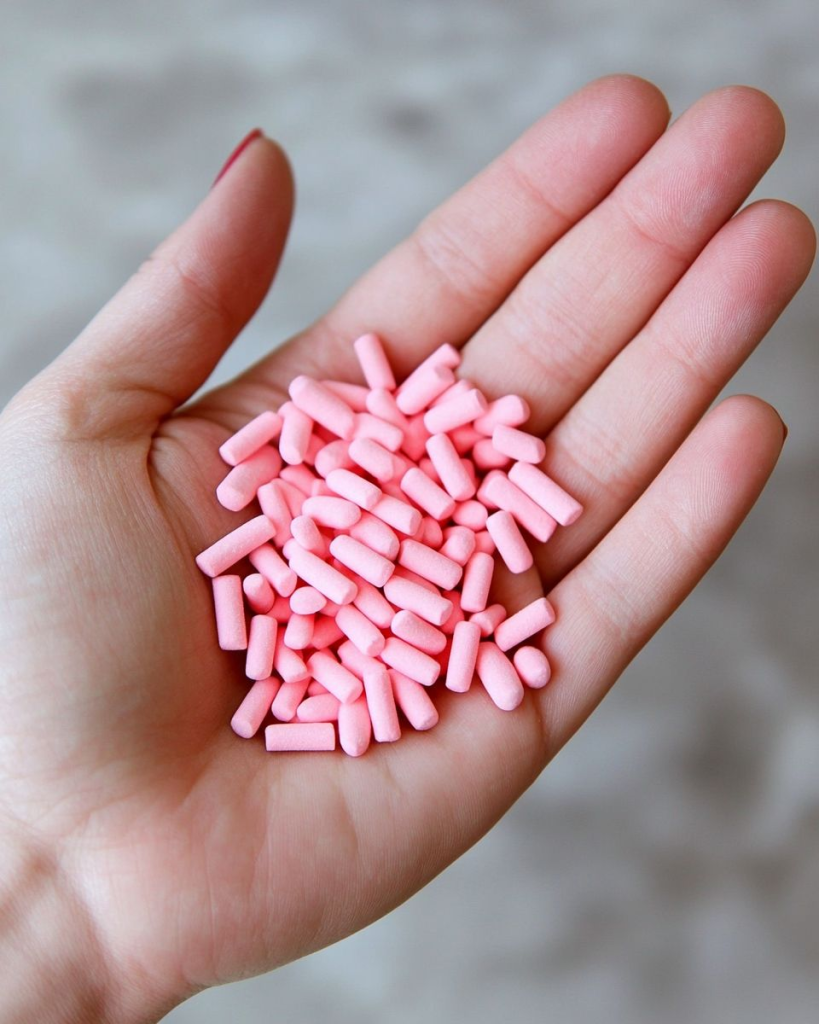
These pink pellets are typically small, cylindrical, and have a dry, chalky texture. Their bright color makes them stand out against natural surfaces like grass, soil, or pavement. While they may seem like a harmless spill or discarded material, their composition can be linked to more concerning substances.
Several factors can help identify whether these pellets are benign or hazardous:
- Color and Texture: Their distinct pink hue suggests they might be artificially manufactured.
- Size and Shape: They are often uniform in size, which indicates they were intentionally produced rather than being a natural occurrence.
- Odor and Solubility: Most of these pellets are odorless but may dissolve if exposed to moisture.
Because their appearance alone doesn’t confirm whether they are dangerous, it’s essential to investigate their origin.
Are These Pellets a Form of Rodenticide?
One of the most likely explanations for pink chalk-like pellets found in a yard is that they are rodenticide bait. Rodenticides, particularly those containing Brodifacoum, are widely used to control rats and mice.
What is Brodifacoum and Why Is It Dangerous?
Brodifacoum is a potent anticoagulant, meaning it prevents blood from clotting. When ingested by rodents, it leads to internal bleeding and eventual death. However, this poison does not discriminate—if pets or children accidentally consume these pellets, they could experience severe and life-threatening health effects.
Why Are These Pellets Pink? The Purpose Behind the Coloration
The bright pink color of these pellets serves an essential purpose:
- Visual Identification: The color helps distinguish rodent bait from food, reducing the risk of accidental ingestion by humans.
- Regulatory Compliance: Many commercial rodenticides are color-coded to indicate their toxicity level, making them easier for pest control professionals to recognize.
- Attraction for Rodents: Some formulations use color to appeal to the target pest, making them more likely to consume the poison.
Despite these intended benefits, pets and small children may still be attracted to the pellets due to their size and texture.
How Are Rodent Pellets Used? Understanding Their Application
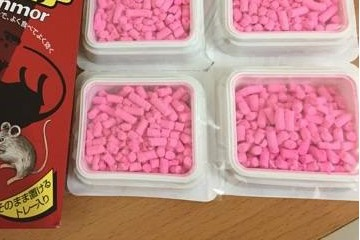
Rodent control products are typically placed in areas where mice and rats are likely to travel. These include:
- Near garbage bins and outdoor storage areas
- Along fences and property lines
- In basements, garages, or sheds
- Around commercial buildings or restaurants
Bait stations are often used to contain the pellets, reducing the risk of exposure to non-target animals. However, if the bait is improperly placed, spilled, or carried away by rodents, it can end up in unexpected locations—such as your yard.
Potential Risks to Pets and Children
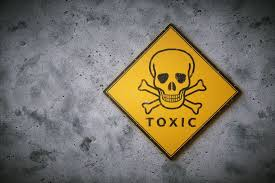
The presence of pink pellets in your yard can pose serious health risks. Here’s what you need to know:
Dangers to Pets
Dogs and cats are naturally curious and may eat or lick these pellets if they come across them. Even a small amount can be toxic, leading to symptoms such as:
- Lethargy and weakness
- Internal bleeding (visible through nosebleeds or blood in urine)
- Difficulty breathing
- Pale gums or bruising on the skin
If you suspect your pet has ingested rodent poison, seek veterinary care immediately. Treatment may involve vitamin K injections (to counteract the anticoagulant effect) and blood transfusions in severe cases.
Dangers to Children
Young children often explore their surroundings by touching and tasting objects. If a child ingests rodenticide pellets, symptoms may include:
- Unexplained bruising or bleeding
- Dizziness or fainting
- Vomiting with blood present
- Extreme weakness
Immediate medical attention is crucial. If possible, bring a sample of the pellet to the doctor so they can determine the best course of action.
What to Do If You Find Pink Pellets in Your Yard
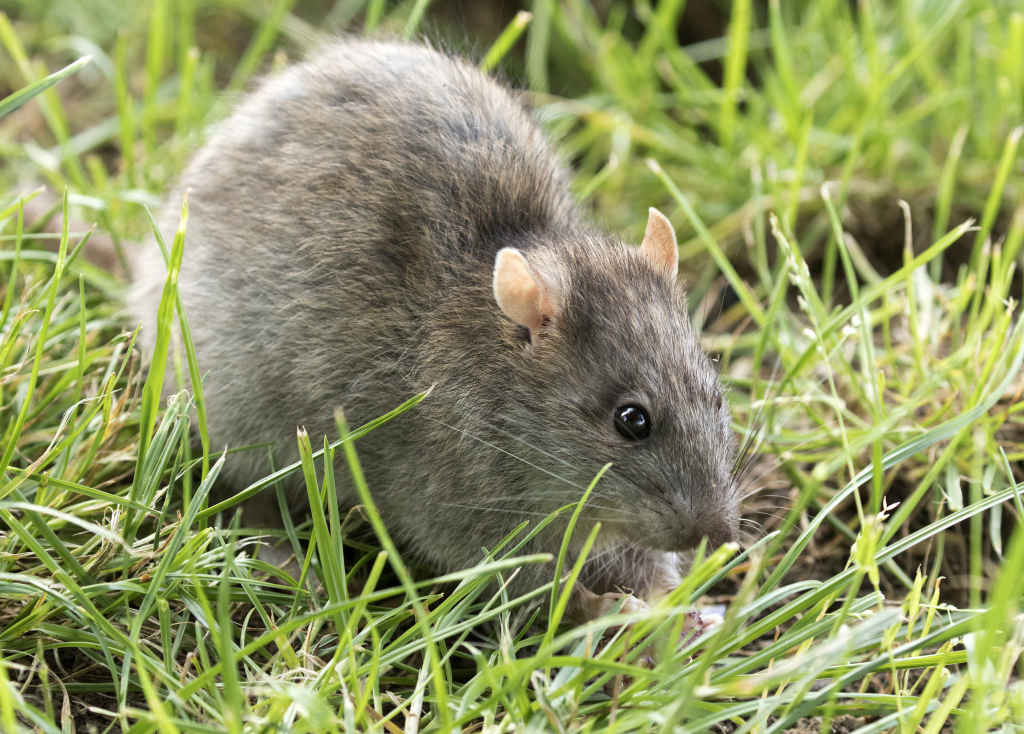
If you discover these mysterious pink pellets on your property, take immediate action to prevent exposure:
- Keep Pets and Children Away – Restrict access to the area until you can safely remove the pellets.
- Wear Gloves to Collect the Pellets – Use disposable gloves to pick them up and place them in a sealed plastic bag.
- Check Surrounding Areas – Look for additional pellets, especially near fences, gardens, or walkways.
- Contact a Pest Control Professional – If you suspect the pellets are rodenticide, a pest control expert can assess the situation and recommend proper disposal methods.
- Notify Your Neighbors – If the pellets appeared suddenly, they might be present in other yards as well. Informing your neighbors can help prevent accidental exposure.
- Monitor for Symptoms – If you suspect that a pet or child has come into contact with the pellets, seek medical or veterinary help immediately.
How to Prevent Rodenticide Contamination in Your Yard
Even if the pellets did not come from your home, taking preventative steps can help keep your yard safe in the future:
- Avoid Using Loose Rodent Bait – If you need to control pests, use tamper-proof bait stations instead.
- Secure Trash Bins and Food Sources – This will reduce the likelihood of attracting rodents, minimizing the need for poison in the first place.
- Regularly Inspect Your Yard – Periodically check for foreign substances, especially if you live near commercial buildings or construction sites.
- Educate Your Household – Teach children not to pick up unknown objects and train pets to avoid eating off the ground.
Final Thoughts: Prioritizing Safety in Your Outdoor Space
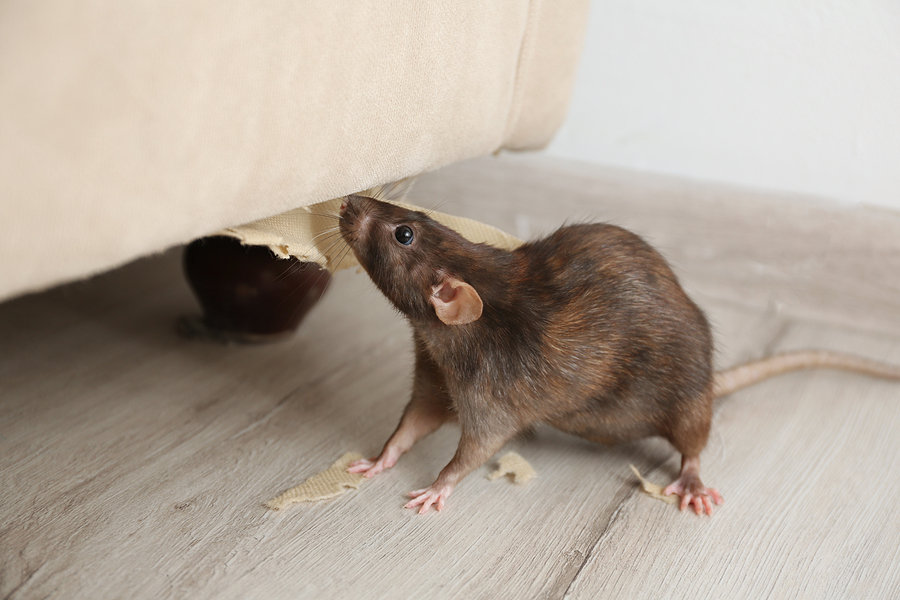
Finding pink pellets in your yard can be alarming, but understanding their potential risks allows you to take swift and effective action. These pellets are often linked to rodent poison, which can be highly dangerous to both pets and children. By handling the situation carefully—removing the pellets, informing your neighbors, and seeking professional advice—you can protect your loved ones and maintain a safe outdoor environment.
Keeping your yard hazard-free requires vigilance, but with the right precautions, you can enjoy peace of mind knowing your family and pets are safe from harm. If you ever come across unknown substances in your yard again, take immediate steps to identify and remove them—because when it comes to safety, it’s always better to be cautious.


